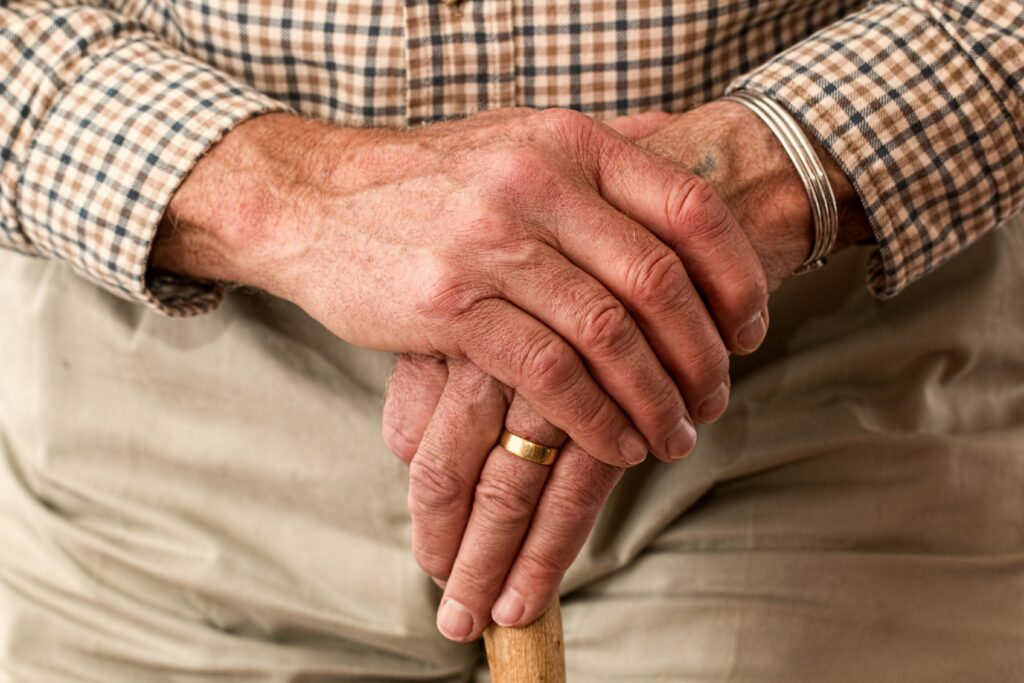While you think about all the biomedical discoveries emerging in aging research, flying by you in waves of popularity… antioxidants, telomeres, senescent cells, epigenetic reprogramming… it’s easy to get seduced that a magic pill will let you keep your health seemingly forever. But it would be a mistake to not look at the only thing that’s actually tangible to you right now and influencing your lifespan directly: the environment around you, right now.
Arguably, in your lifetime, the environment around you will have the greatest influence on your health and wellbeing. And if you chase a magic longevity pill to be happy, know that no pill will give you lasting happiness. Happiness is something you find in the now. So how can you make your environment right now lead you to a long life tomorrow?
As it happens, there are places in the world with exceptionally high amounts of centenarians alive. These are called “blue zones,” where Sardinia (Italy), Okinawa (Japan), Loma Linda (California, USA), Nicoya (Costa Rica), and Ikaria (Greece) were identified in a study started by National Geographic to find the longest-lived cultures around the world [1]. A qualitative analysis of the common factors of these blue zones distilled into nine elements [1], in what could be seen as four main categories:
Nutrition: Food is your fuel and your body is evolved to understand the world around it from what fuel it gets. Less food? The body goes into self-preservation, activating stress-responses and maintenance genes. Net health result: good. More meat? The body may thinks there’s a pathogen invader and activates inflammatory responses. Net health result: bad. No surprise, the blue zones (i) usually eat less, with smaller meals or no meal at the end of the day and no snacking thereafter. Some also only eat to 80% full. The blue zones also (ii) eat more plants. This includes beans (fava, black, soy, lentils), and meat is minimized, to only ~5 times a month. Interestingly, when it comes to (iii) alcohol, most are moderate drinkers, 1-2 glasses per day with friends and food.
Physical and Mental health: Blue zones are also (iv) always in motion. No sitting behind computers all day, no TVs on all night. Instead, grow gardens, visit friends, move. Two elements that can be considered mental health are also in blue zones: These are (v) reduced stress and (vi) a sense of purpose. Rituals throughout the day to slow down can help reduce stress, and can include praying, napping, or just taking a moment to remember ancestors. A sense of purpose is integral to blue zone groups too. Centenarians have each their own reason to get up in the morning, a goal to work towards in life, something that keeps them going. It’s as if they simply can’t die yet, they are still needed on earth.
Community: As you can imagine, with visiting friends and having drinks with them, personal relationships are a major element of blue zones. That means that blue zones (vii) prioritize loved ones. That includes multi-generational living (grandparents around), commitment to a life partner, and major time and love investment in children. Also, the long-lived people of the blue zones tend to (viii) be around others with positive lifestyles. Indeed, your likeliness for smoking, obesity, happiness, and loneliness are so much influenced by those around you that they can be considered contagious conditions [2]. Social networks with healthy and wellness-minded people will greatly increase your chances of attaining health and wellness yourself.
Spirituality: (ix) Spiritual life is forming a cornerstone of the blue zones. Nearly all centenarians take part in a spiritual practice there. This likely ties together all other elements in the blue zones, including community support, family and loved ones, food, stress lowering activities, meaning in life, and basically everything. Other research from the Nurses Health study has also shown that attending religious services is associated with lower risk of all-cause mortality, and cardiovascular and cancer related deaths among women [3]. Spiritually doesn’t have to be religious, what it is though is a life force, literally.
If you aren’t lucky enough to have been born into a blue zone, then building these nine elements into your life in a meaningful way can be a great challenge. Our modern cultures tend to give us busy (though sedentary) lives, resulting from a seeming necessity to chase security, recognition, and elusive happiness through our work and ambitions. But you can’t close your eyes to meditate ten minutes a day and stay in the rush of life the rest of the time, following your busy thoughts to the next place they bring you. You can’t intend to eat plants more but still eat meat every day. You can’t use the TV to un-stress. Basically, you can’t pretend to live the blue zone lessons, because then it simply won’t work. It will just be one more stress you add in your life for what you should be living up to. Rather, getting there will take thoughtful design, honest desire for the lifestyle it brings, and probably letting go of many preconditioned ideas and biases you have that come from living outside of a blue zone.

References:
[1] Buettner D, Skemp S. Blue Zones: Lessons From the World’s Longest Lived. Am J Lifestyle Med. 2016 Jul 7;10(5):318-321. doi: 10.1177/1559827616637066. PMID: 30202288; PMCID: PMC6125071.
[2] Christakis NA, Fowler JH. The spread of obesity in a large social network over 32 years. N Engl J Med. 2007 Jul 26;357(4):370-9. doi: 10.1056/NEJMsa066082. Epub 2007 Jul 25. PMID: 17652652.
[3] Li S, Stampfer MJ, Williams DR, VanderWeele TJ. Association of Religious Service Attendance With Mortality Among Women. JAMA Intern Med. 2016 Jun 1;176(6):777-85. doi: 10.1001/jamainternmed.2016.1615. PMID: 27183175; PMCID: PMC5503841.
